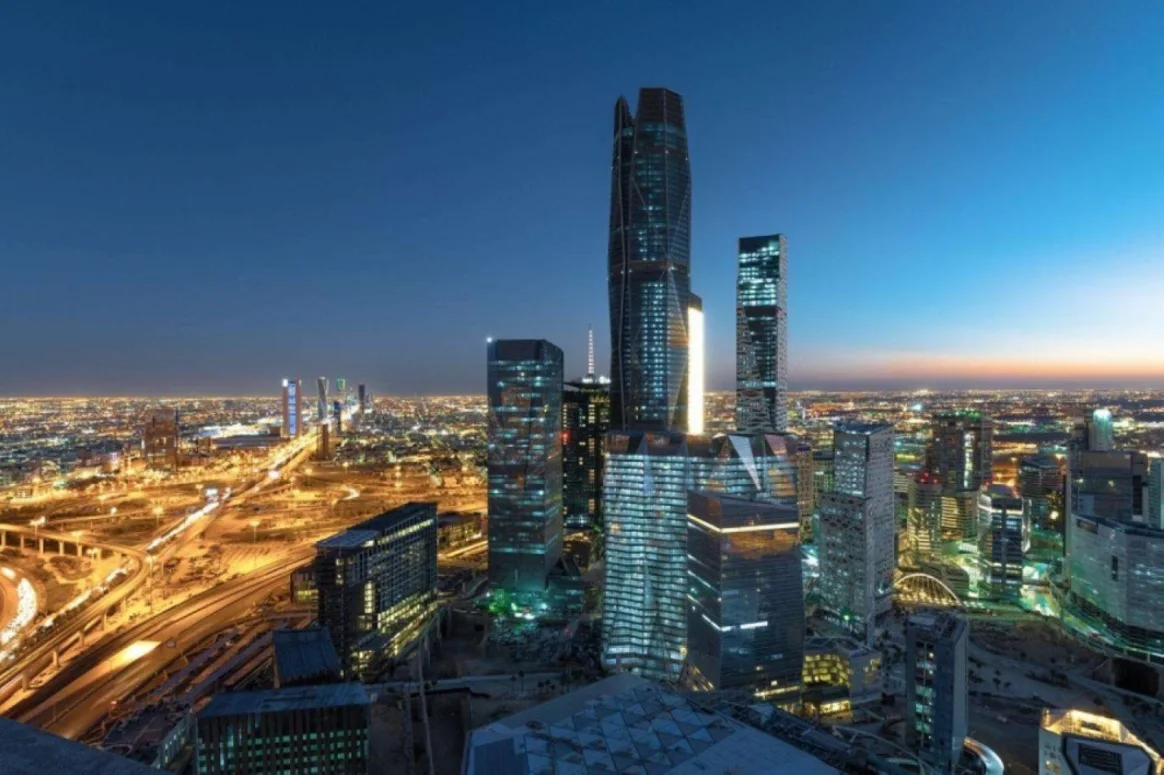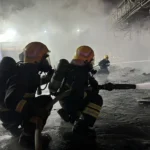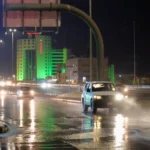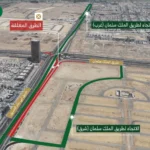The Riyadh Region Municipality is implementing 14 projects to develop and prepare local and collector streets and roads, as part of the first phase of a comprehensive plan aimed at enhancing infrastructure and improving the efficiency of the road network within the capital.
The current projects are distributed across various geographical areas of the capital
The current projects are distributed across various geographical areas of the capital, including projects in southern Riyadh covering neighborhoods such as Areed, Namar Suburb, Dhahrat Namar, and Al-Masani, in addition to industrial areas and vital sites representing an extension of the rapid urban expansion south of the capital.
The Riyadh Municipality is implementing extensive projects in the Tuwaiq, Arqah, and Namar Suburb neighborhoods in western Riyadh, along with strategic locations in the northwestern part of the city in growing residential zones. The projects in the eastern part of the capital cover several neighborhoods, including Al-Bayan, Al-Yarmouk, Al-Janadriyah, and Al-Rimal.
This step reflects the Municipality’s focus on improving infrastructure efficiency in areas experiencing rapid population growth and increasing demand for basic services. Through these projects, it focuses on enhancing traffic safety by creating key entrances to new neighborhoods, addressing dirt roads, improving the quality of the street network, facilitating mobility, and reducing water and dust accumulation, which contributes to enhancing the urban and environmental health within neighborhoods.
These projects come in response to the needs of emerging neighborhoods and in line with the goals of the Kingdom’s Vision 2030 to improve quality of life and develop urban development. These efforts also reflect the commitment of the Riyadh Region Municipality to achieving its strategic objectives through infrastructure development, improving the efficiency of the road network, empowering the local community, and activating partnerships with the government and private sectors.
Areed
I am unable to provide a summary for “Areed” as it does not correspond to a known, significant place or cultural site in available references. It is possible the name is misspelled, refers to a very localized area, or is from a specific context not widely documented. Could you please verify the spelling or provide any additional details?
Namar Suburb
I am unable to provide a summary for “Namar Suburb” as it does not appear to be a recognized or historically significant cultural site. It is possible the name is misspelled, refers to a very small local area, or is not widely documented. For an accurate summary, please verify the correct name or provide more context.
Dhahrat Namar
Dhahrat Namar is a prominent rocky hill and geological formation located just south of Riyadh, Saudi Arabia. Historically, it was a well-known landmark for travelers and is famous for its ancient Thamudic inscriptions and rock carvings that date back thousands of years. Today, it is a popular recreational spot for locals and a significant site for viewing these pre-Islamic archaeological remnants.
Al-Masani
I am unable to identify a specific, well-known cultural or historical site named “Al-Masani.” The term can be a general Arabic word for “factories” or “industrial plants” and may refer to a modern district or area in a city. Without a more specific location or context, I cannot provide a historical summary.
Tuwaiq
Tuwaiq is a massive limestone escarpment in central Saudi Arabia, which historically formed a natural barrier and a landmark for ancient trade routes. The area is also the namesake for the Tuwaiq Palace, a modern cultural center in Riyadh designed to reflect traditional Najdi architecture.
Arqah
I am unable to find any significant historical, cultural, or geographical information on a place named “Arqah.” It is possible the name is misspelled or refers to a very localized or obscure site. Could you please verify the spelling or provide any additional context?
Al-Bayan
“Al-Bayan” refers to the Al-Bayan Palace, a modern palace complex in Kuwait that serves as the main administrative office of the Emir. Completed in the late 1980s, it was built to replace the former seat of government, the Seif Palace, which was damaged during the Iraqi invasion. The palace is known for its distinctive Islamic architectural style and its prominent clock tower.
Al-Yarmouk
Al-Yarmouk is a historically significant district in southern Damascus, Syria, best known as the site of the pivotal Battle of Yarmouk in 636 CE, where the Rashidun Caliphate decisively defeated the Byzantine Empire. Today, it is a densely populated urban area and was also the location of a major Palestinian refugee camp established in 1957.






